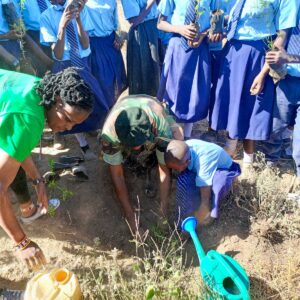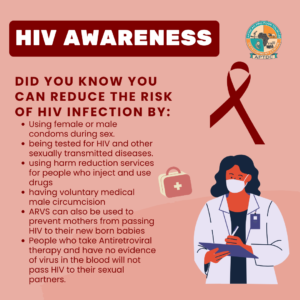African Pro-poor Tourism Development Centre – Making Tourism work for Communities
- HOME
- ABOUT
- OUR PROGRAMS
- OUR PROJECT
- PAST PROJECTS
- Capacity Building On Sustainable Utilization Of Forest Resources
- Total War Against HIV/AIDS
- Women Economic Empowerment Through Production and Supply of Local Agricultural Produce to Tourist Hotel
- Enhancing Capacity for Community Forest Associations on Ecotourism.
- Capacity Improvement: Local Community Forest Guides
- Sustainable Conservation Of Environment: Fruit Trees Planting
- CURRENT PROJECTS
- Expanding HIV prevention, Care and Treatment services to reach Universal Access
- Go Green: Landscape and Tree Cover Restoration
- Women Economic Empowerment Through Production, Supply And Export of Basketry
- Eco-Tourism: Enhancing Livelihood for Vulnerable Women Through Basketry .
- GB-TCH:Sustainable Rural Economic Development Through Utilization of Tourism and Cultural Heritage Sector at the Kenyan Coastal Region.
- FUTURE PROJECTS
- Enhancing resilience to climate change through Horticultural Production-Drip Irrigation.
- Environmental Conservation Through Carbon Footprint Offsetting
- Enhanced Social Protection for Orphan Vulnerable Children-Living HIV+
- HIV & STI Infection Prevention and Control Amongst Youths In Tourist Hot Spots
- Forest Ecosystem Restoration Through Adoption of Trees and Deforested Areas
- Economic Empowerment For Women & Youth Through Tourism Enterprise Investments and Production..
- PAST PROJECTS
- CAUSES
- EVENTS
- PHOTO GALLERY
- VIDEO GALLERY
- BLOG
- CONTACT US

- HOME
- ABOUT
- OUR PROGRAMS
- OUR PROJECT
- PAST PROJECTS
- Capacity Building On Sustainable Utilization Of Forest Resources
- Total War Against HIV/AIDS
- Women Economic Empowerment Through Production and Supply of Local Agricultural Produce to Tourist Hotel
- Enhancing Capacity for Community Forest Associations on Ecotourism.
- Capacity Improvement: Local Community Forest Guides
- Sustainable Conservation Of Environment: Fruit Trees Planting
- CURRENT PROJECTS
- Expanding HIV prevention, Care and Treatment services to reach Universal Access
- Go Green: Landscape and Tree Cover Restoration
- Women Economic Empowerment Through Production, Supply And Export of Basketry
- Eco-Tourism: Enhancing Livelihood for Vulnerable Women Through Basketry .
- GB-TCH:Sustainable Rural Economic Development Through Utilization of Tourism and Cultural Heritage Sector at the Kenyan Coastal Region.
- FUTURE PROJECTS
- Enhancing resilience to climate change through Horticultural Production-Drip Irrigation.
- Environmental Conservation Through Carbon Footprint Offsetting
- Enhanced Social Protection for Orphan Vulnerable Children-Living HIV+
- HIV & STI Infection Prevention and Control Amongst Youths In Tourist Hot Spots
- Forest Ecosystem Restoration Through Adoption of Trees and Deforested Areas
- Economic Empowerment For Women & Youth Through Tourism Enterprise Investments and Production..
- PAST PROJECTS
- CAUSES
- EVENTS
- PHOTO GALLERY
- VIDEO GALLERY
- BLOG
- CONTACT US
Total War Against HIV/AIDS
Total War Against HIV/AIDS
Total War Against HIV/AIDS.
Total War Against HIV/AIDS which was an Awareness Creation through tourism project funded by National Aids Control Council. The project targeted Tour driver guides, Tourist hotel workers and Bar Attendants in Masai Mara and Nairobi. It was implemented from 2010 to 2011.
Through this HIV/AIDS awareness program, we reached to 1000 Tour driver guides, hotel employees and bar attendants on condom distribution, EIC materials and we conducted sensitization sessions on HIV/AIDS education.
RELATED PROJECTS
Related products
-

Go Green: Landscape and Tree Cover Restoration
Read more -

Forest Ecosystem Restoration Through Adoption of Trees and Deforested Areas
Buy product -

Enhanced Social Protection for Orphan Vulnerable Children-Living HIV+
Buy product -

Enhancing resilience to climate change through Horticultural Production-Drip Irrigation.
Buy product

